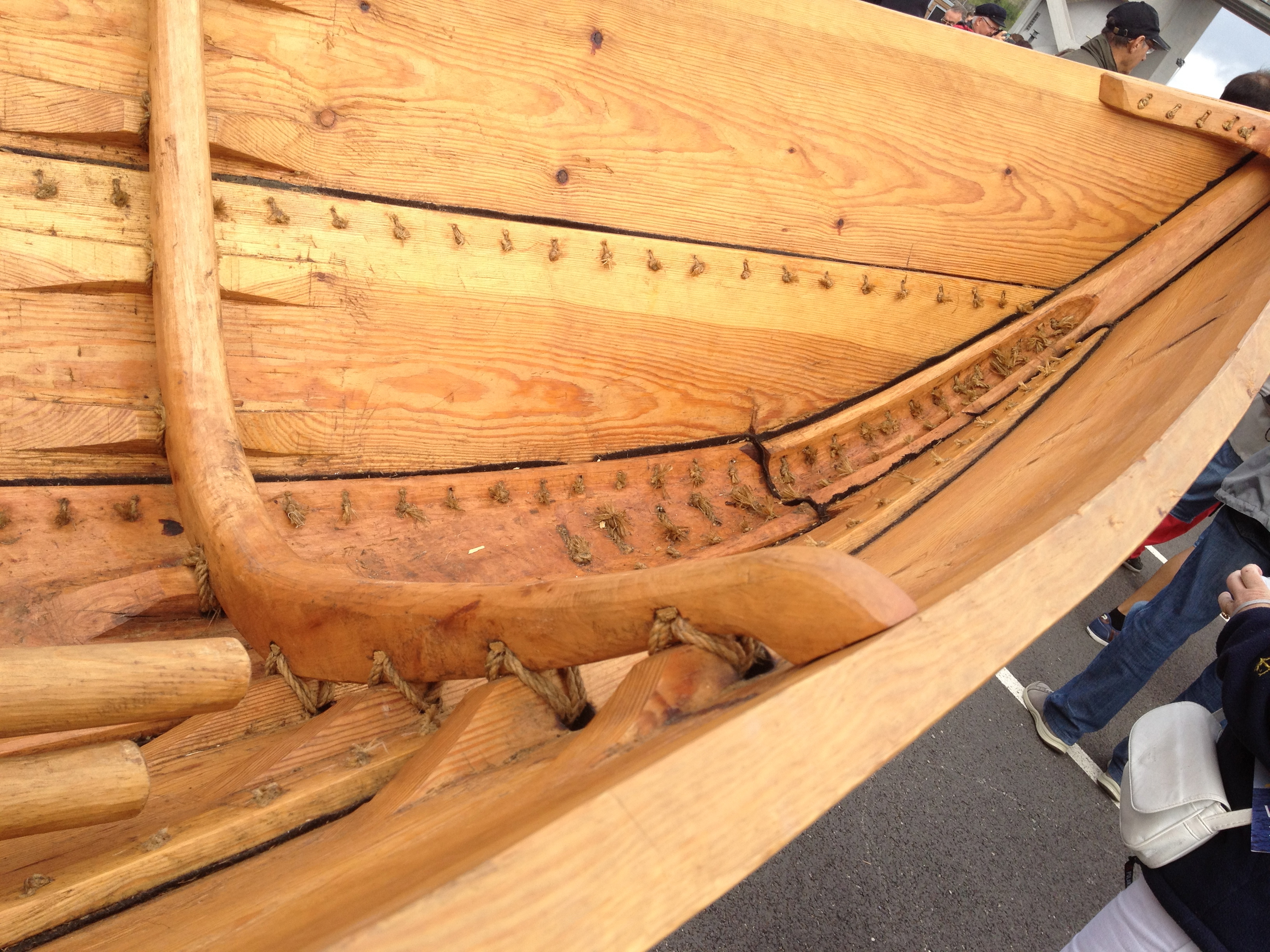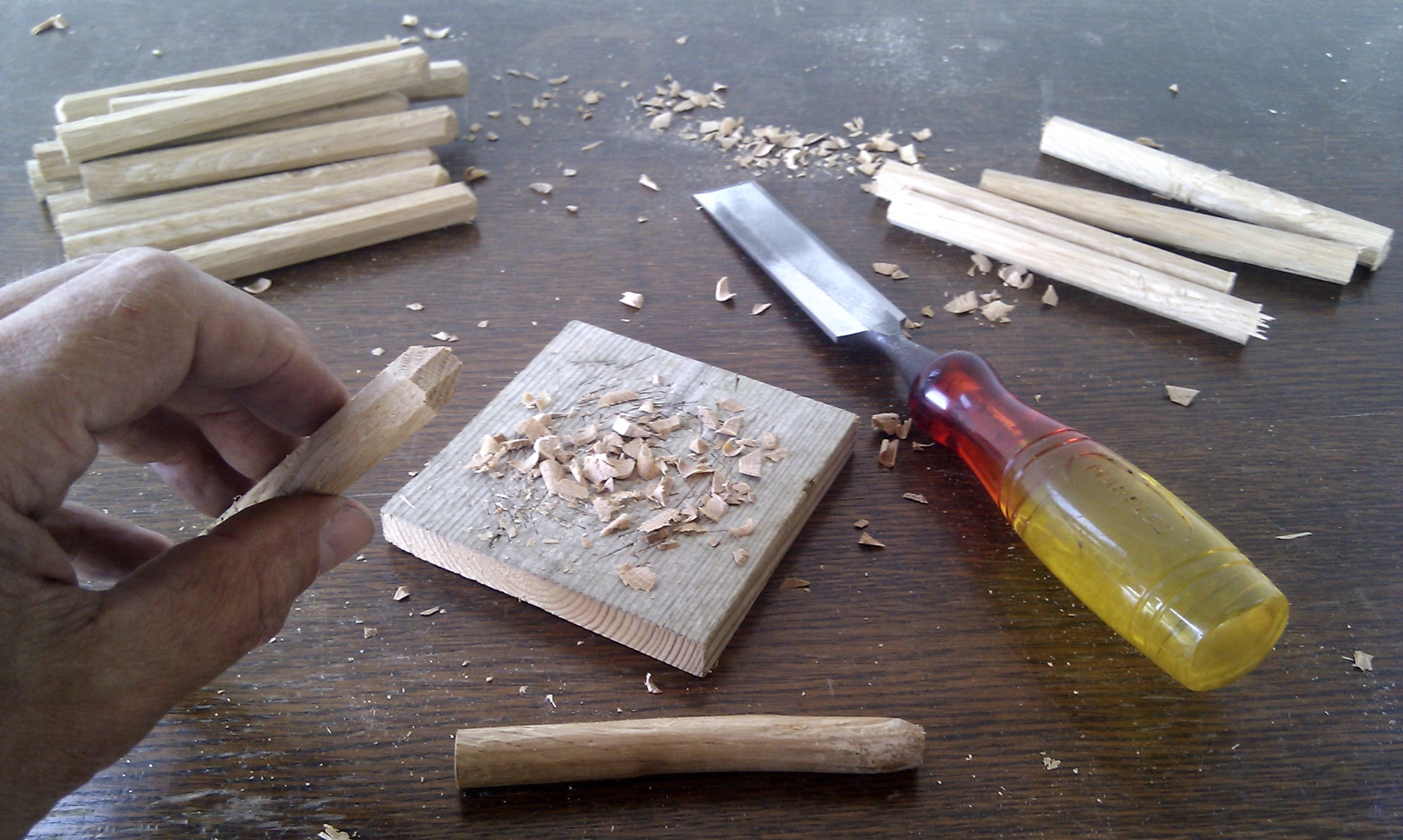|
Treenailed Boat
The treenailed boat is a boat model used in Northern Europe, usually associated with Vikings but should perhaps be ascribed to Pomeranian groups. The shape and construction coincides with the sewn boats, but instead of ropes, it is assembled with wooden treenails. See also *Lashed-lug boat *Mtepe References *Mike McCarthy. (September 14, 2005) ''Ships' Fastenings: From Sewn Boat to Steamship'' Texas A&M University Press pg. 65 Boat types {{ship-type-stub ... [...More Info...] [...Related Items...] OR: [Wikipedia] [Google] [Baidu] |
Europe
Europe is a large peninsula conventionally considered a continent in its own right because of its great physical size and the weight of its history and traditions. Europe is also considered a Continent#Subcontinents, subcontinent of Eurasia and it is located entirely in the Northern Hemisphere and mostly in the Eastern Hemisphere. Comprising the westernmost peninsulas of Eurasia, it shares the continental landmass of Afro-Eurasia with both Africa and Asia. It is bordered by the Arctic Ocean to the north, the Atlantic Ocean to the west, the Mediterranean Sea to the south and Asia to the east. Europe is commonly considered to be Boundaries between the continents of Earth#Asia and Europe, separated from Asia by the drainage divide, watershed of the Ural Mountains, the Ural (river), Ural River, the Caspian Sea, the Greater Caucasus, the Black Sea and the waterways of the Turkish Straits. "Europe" (pp. 68–69); "Asia" (pp. 90–91): "A commonly accepted division between Asia and E ... [...More Info...] [...Related Items...] OR: [Wikipedia] [Google] [Baidu] |
Vikings
Vikings ; non, víkingr is the modern name given to seafaring people originally from Scandinavia (present-day Denmark, Norway and Sweden), who from the late 8th to the late 11th centuries raided, pirated, traded and settled throughout parts of Europe.Roesdahl, pp. 9–22. They also voyaged as far as the Mediterranean, North Africa, Volga Bulgaria, the Middle East, and North America. In some of the countries they raided and settled in, this period is popularly known as the Viking Age, and the term "Viking" also commonly includes the inhabitants of the Scandinavian homelands as a collective whole. The Vikings had a profound impact on the early medieval history of Scandinavia, the British Isles, France, Estonia, and Kievan Rus'. Expert sailors and navigators aboard their characteristic longships, Vikings established Norse settlements and governments in the British Isles, the Faroe Islands, Iceland, Greenland, Normandy, and the Baltic coast, as well as ... [...More Info...] [...Related Items...] OR: [Wikipedia] [Google] [Baidu] |
Pomerania
Pomerania ( pl, Pomorze; german: Pommern; Kashubian: ''Pòmòrskô''; sv, Pommern) is a historical region on the southern shore of the Baltic Sea in Central Europe, split between Poland and Germany. The western part of Pomerania belongs to the German states of Mecklenburg-Western Pomerania and Brandenburg, while the eastern part belongs to the West Pomeranian, Pomeranian and Kuyavian-Pomeranian voivodeships of Poland. Its historical border in the west is the Mecklenburg-Western Pomeranian border ''Urstromtal'' which now constitutes the border between the Mecklenburgian and Pomeranian part of Mecklenburg-Western Pomerania, while it is bounded by the Vistula River in the east. The easternmost part of Pomerania is alternatively known as Pomerelia, consisting of four sub-regions: Kashubia inhabited by ethnic Kashubians, Kociewie, Tuchola Forest and Chełmno Land. Pomerania has a relatively low population density, with its largest cities being Gdańsk and Szczecin ... [...More Info...] [...Related Items...] OR: [Wikipedia] [Google] [Baidu] |
Sewn Boat
A sewn boat is a type of wooden boat which is clinker built with its planks sewn, stitched, tied, or bound together with tendons or flexible wood, such as roots and willow branches. Sewn boat construction techniques were used in many parts of the world prior to the development of metal fasteners, and continued to be used long after that time for small boats to reduce construction costs where metal fasteners were too expensive. Name and similar techniques Although well established, the ''sewn boat'' name is somewhat misleading since it suggests textile or leather skin construction, as often found in kayaks. Some have proposed to use ''laced boats'' ( Ge. ''geschnürte Boote'') instead. A modern plywood construction method that resembles sewn boats is the stitch and glue method; in this technique plywood panels are stitched together, often with wire, and the seams are reinforced with fiberglass composite; the stitching may then be removed or may remain in place. Also related is t ... [...More Info...] [...Related Items...] OR: [Wikipedia] [Google] [Baidu] |
Treenail
A treenail, also trenail, trennel, or trunnel, is a wooden peg, pin, or dowel used to fasten pieces of wood together, especially in timber frames, covered bridges, wooden shipbuilding and boat building. It is driven into a hole bored through two (or more) pieces of structural wood (mortise and tenon). History and general use The use of wood as a tenon can be traced back over 7,000 years, as archaeologist have found traces of wood nails in the excavation of early Germanic sites. Trenails are extremely economical and readily available, making them a common early building material. Black Locust is a favorite wood when making trunnels in shipbuilding in North America and English Oak in Europe due to their strength and rot resistance, while red oak is typical in buildings. Traditionally treenails and pegs were made by splitting bolts of wood with a froe and shaping them with a drawknife on a shaving horse. Treenails are cut from a single piece of wood and perform well because of ... [...More Info...] [...Related Items...] OR: [Wikipedia] [Google] [Baidu] |
Lashed-lug Boat
Lashed-lug boats are ancient boat-building techniques of the Austronesian peoples. It is characterized by the use of sewn holes and later dowels ("treenails") to stitch planks edge-to-edge onto a dugout keel and solid carved wood pieces that form the caps for the prow and stern. The planks are further lashed together and to ribs with fiber ropes wrapped around protruding carved lugs on the inside surfaces. Unlike carvel construction, the shell of the boat is created first, prior to being fastened to the ribs. The seams between planks are also sealed with absorbent tapa bark and fiber that expands when wet or caulked with resin-based preparations. Lashed-lug construction techniques are found in all the traditional boats of Maritime Southeast Asia, Melanesia, Madagascar, Micronesia, and Polynesia, and was one of the early maritime boat-building techniques that allowed the rapid expansion of the Austronesian peoples throughout the islands of the Indo-Pacific starting at 3000 to 1500 ... [...More Info...] [...Related Items...] OR: [Wikipedia] [Google] [Baidu] |
Mtepe
The mtepe is a boat associated with the Swahili people (the word "boat" in the Bantu Swahili language being ''mtepe''). The mtepe's planks are held together by wooden pegsA.H.J. Prins. "Uncertainties in Coastal Cultural History: The Ngalawa and the Mtepe” ''Tanganyika Notes and Records'' No.55: pp.204-214 and coir, so it is a sewn boat designed to be flexible in contrast to the rigid vessels of western technique. Extinction The cessation of the production of ''mtepe'' has been ascribed to the arrival of the Portuguese in the Indian Ocean in the 15th century, leading to boat builders adopting alternative, western shipbuilding techniques.Robert Marshall Adams B.A.S. ''Construction and Qualitative Analysis of a Sewn Boat of the Western Indian Ocean''. University of Minnesota, 1985. Preservation Nearly a dozen photographs and nine known model ''mtepe'' have been preserved. Three models are kept at the Fort Jesus Museum, a Portuguese fort built in 1591 located on Mombasa Island, Ke ... [...More Info...] [...Related Items...] OR: [Wikipedia] [Google] [Baidu] |
Texas A&M University Press
Texas A&M University Press (also known informally as TAMU Press) is a scholarly publishing house associated with Texas A&M University. It was founded in 1974 and is located in College Station, Texas, in the United States. Overview The Texas A&M University Press was founded in 1974 under the direction of Texas A&M University president and chancellor Jack K. Williams. The first director of the press, Frank H. Wardlaw, had previously helped to establish the University of Texas Press and the University of South Carolina Press. From its founding, the press has operated as a university department, reporting directly to the university president. The press is expected to "further the objectives of the university through publications devoted to advancing knowledge among scholars and to enriching the cultural heritage of the Southwest." The original press offices were destroyed by a fire in February 1979. They were replaced in 1983 with the construction of the John H. Lindsey Building. ... [...More Info...] [...Related Items...] OR: [Wikipedia] [Google] [Baidu] |



.png)
.png)